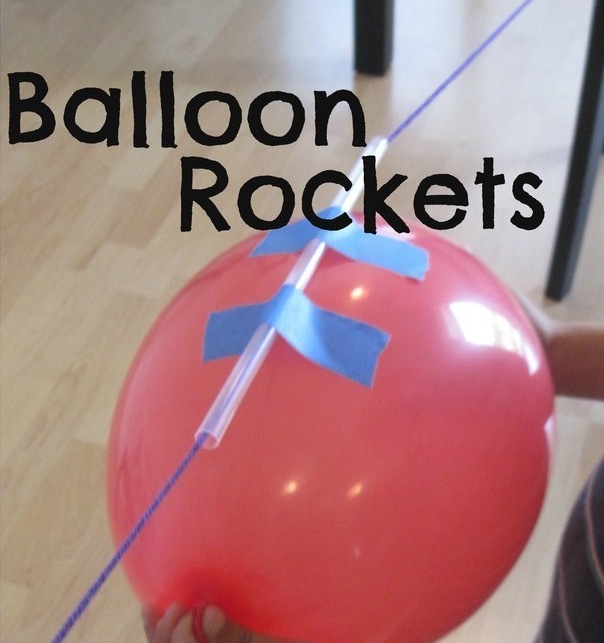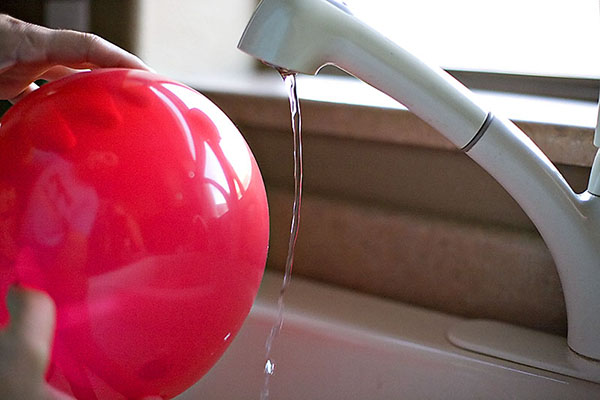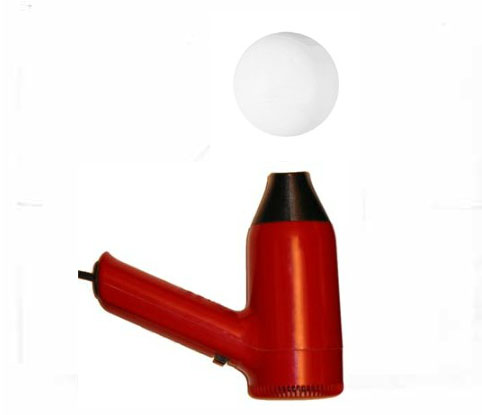Super Fun Science Activities for the Kids

We've got some super-fun science experiments that the kids can do at home and have a blast with while learning a little about how things work along the way!
Super fun Balloon Rockets!
These are fantastically fun! All you'll need are some balloons, some sticky tape, some string and a plastic straw.
Do just one first, then set up a second string and have a race!
Simply tape some string at kid-friendly height across the room and thread the straw onto the string attaching the string with tape at either end.
Now just blow up a balloon but don't tie it off. Have the little one hold the balloon while you sticky tape the balloon to the straw.
Now is a good time to ask them which way they think the rocket will go and why.
They'll be so excited at this point, so show them what happens when you let the balloon go! They'll probably want to do it over and over again.

Balloon Speakers
This one is nice and simple and a good filler for while you're setting up for other experiments. Simply have the child put a blown up balloon next to their ear and have them tap on the other side.
What can they hear? Do they notice if it sounds louder? What's Happening?
The compressed air inside the balloon is better at conducting the soundwaves and so things sound louder and closer than they actually are.

Water Bending!
That's not the only fun thing you can do with balloons though! Another great experiment involves a balloon and your hair!
Turn a tap on in the kitchen or bathroom until it's running just a little bit in a steady stream a few millimetres across, and not dripping. Now rub the blown up balloon on a woollen jumper or your hair.
Static electricity will build up as charged particles jump from your hair to the balloon. Now watch what happens when you put the balloon near the stream of water.
It bends, almost like magic! See how far you can get the water to bend.

Floating Ping Pong Balls!
For this one you'll need mum's hair dryer and some ping pong balls, two or three is ideal. Now plug in the hairdryer and turn it onto its highest 'cold' setting.
Now point the hairdryer straight upwards and get your kid to hold a ping pong ball in the centre of the column of air that's rushing up from the hairdryer.
Tell them to let go of the ping-pong ball and see what happens. On the first one or two goes, they might hold it too close to the hairdryer and the ping pong ball will probably shoot off into the ceiling.
Let them experiment and then show them that if they hold it relatively far above the hairdryer when they let it drop, it will actually float!
There is a sweet spot above the hairdryer that you need to find for this to happen, but once you've got one ping pong ball floating, see how many more you can add.
You can also move the ping pong balls around by moving the hairdryer if you keep it directly upright. What's Happening?
The upward rush of air from the hairdryer is creating enough force to equal the force of the ping pong ball falling from gravity.
The reason the ping pong ball stays nicely inside the column of air produced by the hair dryer without shifting sideways is due to air pressure.
The fast moving air from the hair dryer creates a column of lower air pressure, the surrounding higher air pressure forces the ping pong ball to stay inside this column, making it easy to move the hair dryer around without losing control of the ping pong ball.